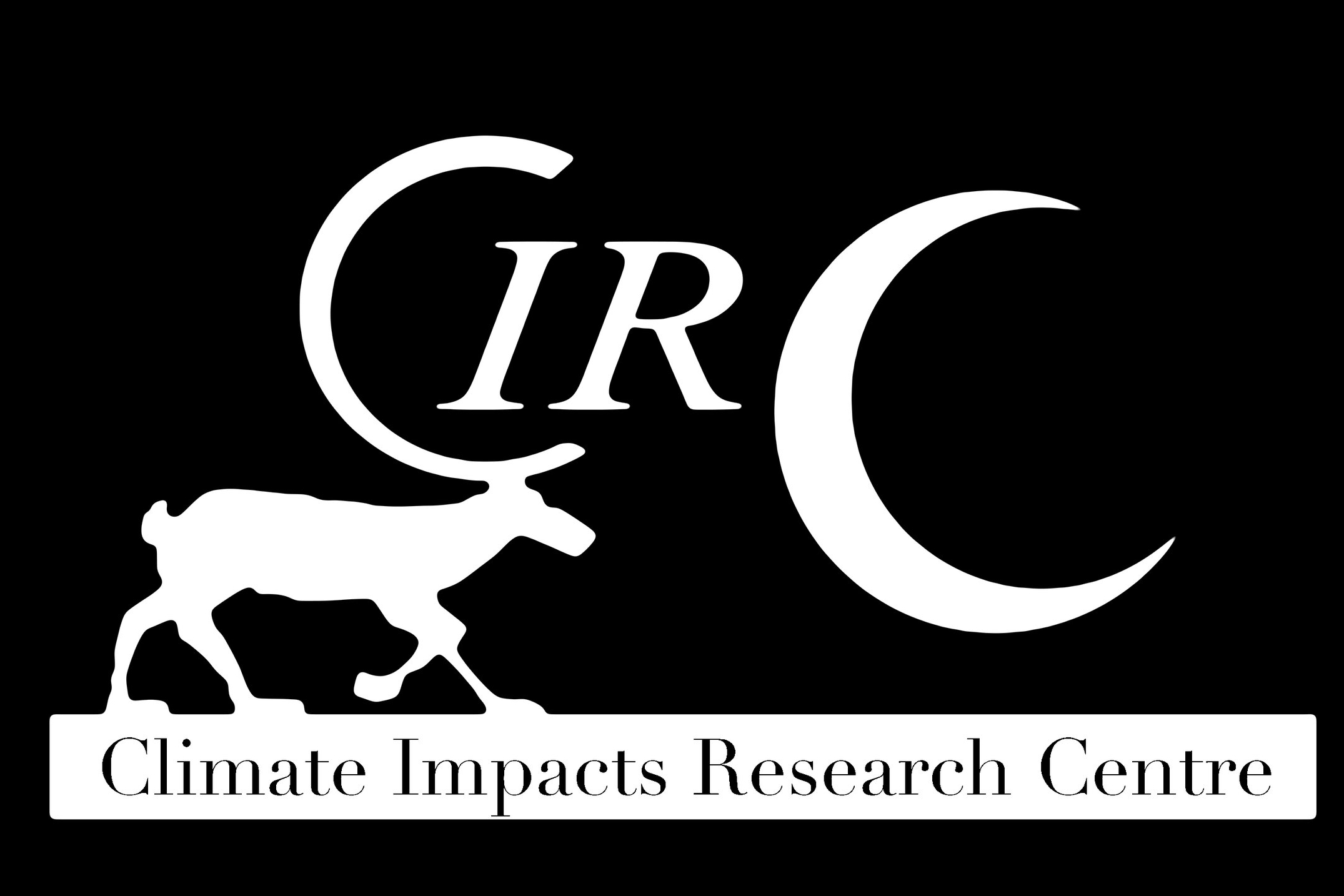Microbial use of phosphorus in soils
Project Summary
Globally, phosphorus (P) together with nitrogen (N) is the most important nutrient element limiting plant growth. In boreal forest ecosystems, P limitation is found in groundwater discharge areas and recent studies also indicate that many alpine ecosystems may be P limited. In this project I will study microbial strategies to utilize phosphate and organophosphorus compounds and the effect of surface sorption. One method that will be used is measurement of microbial respiration using a respicond. This is a microbial bioassay for studying the availability of P to microorganisms.
Ongoing studies
In the first project we sampled six different South African forest soils. The soils were selected to represent a broad range of soil properties, especially concerning aluminium, iron and organic carbon content. The respiration results will be compared to the amount of P in the soil to show how much of the total P pool that microorganisms can utilise and how the microbial availability is affected by iron and aluminium concentrations in the soil. This way we can compare in detail how different soil properties interact with microbial available P determined in the bioassay.
In the second ongoing study we sampled 30 islands in Lake Hornavan and Lake Uddjaur, situated close to Arjeplog in the boreal forest of Northern Sweden. The time since the last major fire vary between the islands and the wildfires form a chronosequence which is closely correlated to island size and vegetation succession (Wardle et al. 1997). Earlier results indicate increasing phosphorus limitation over time since the last fire (Wardle et al, 2004). During this study we will compare the different P and N pools with microbial growth kinetics in relation to island size and humus depth.



